Interior design tips – 10 insider tricks from top designers
Interior Design Tips
Get ahead of the crowd with home decor ideas and advice from the most celebrated designers, and discover how to bring the latest interior design trends to every room, with our top interior design tips.
1. Add Character With Upholstery And Rugs
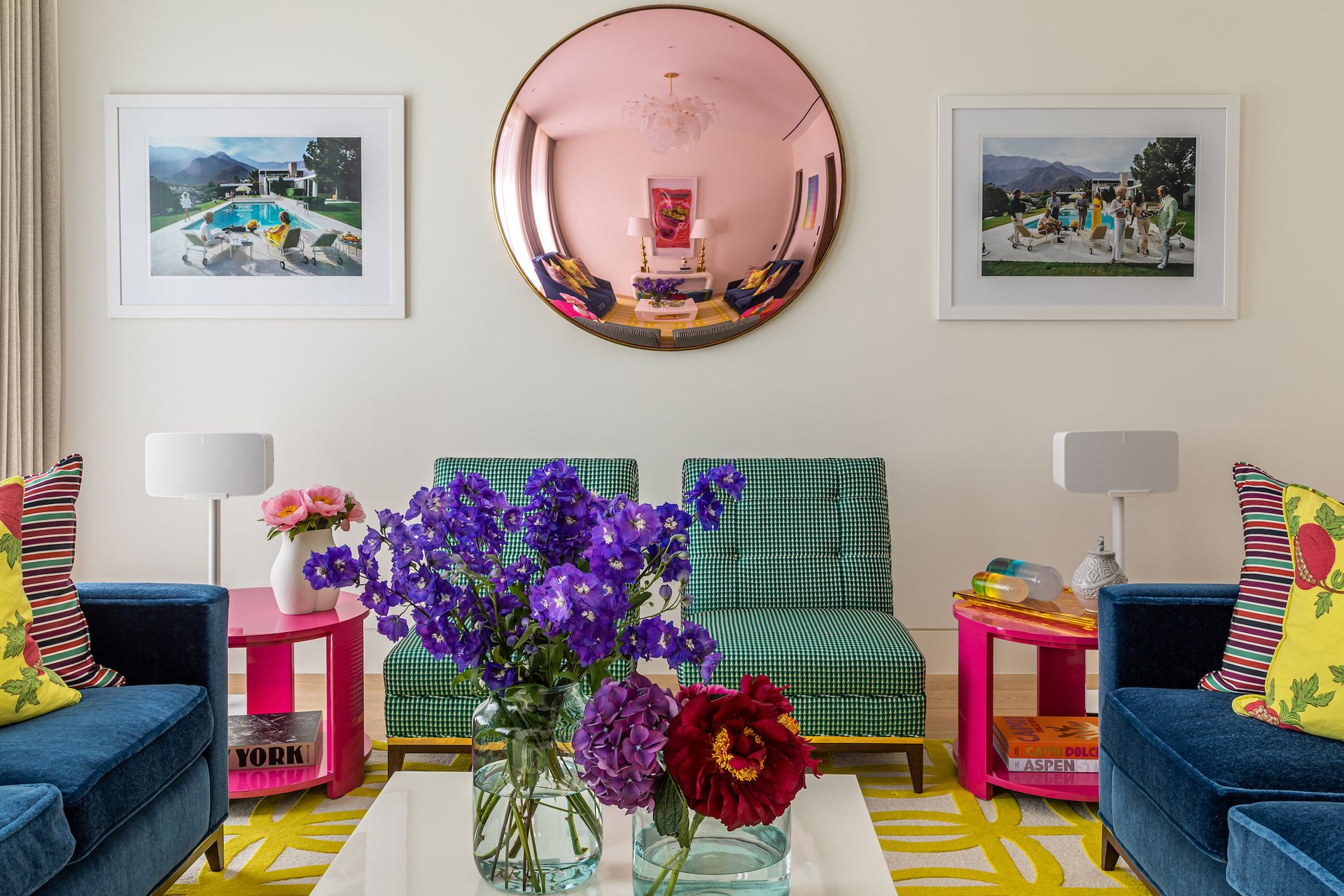
Decorating ideas needn't be labor-intensive: it is possible to completely transform a temporary home without decorating the walls. Instead, use patterned rugs and upholstery. Team with quirky artworks and accessories to create a joyful and inviting scheme.
‘Our clients wanted to infuse their rental with a signature of their own and commissioned us to furnish the house in a wardrobe of color and cool,’ says Samantha Todhunter.
‘The blank canvas allowed us to let our studio philosophy loose – a new traditional mixing classic shapes, sleek finishes and of course an exuberant use of color! The result brings an instant smile, and our clients have an interior that they can pack up and reinvent wherever they go, and it will always feel fresh and relevant.’
2. Use A Mural As A Headboard
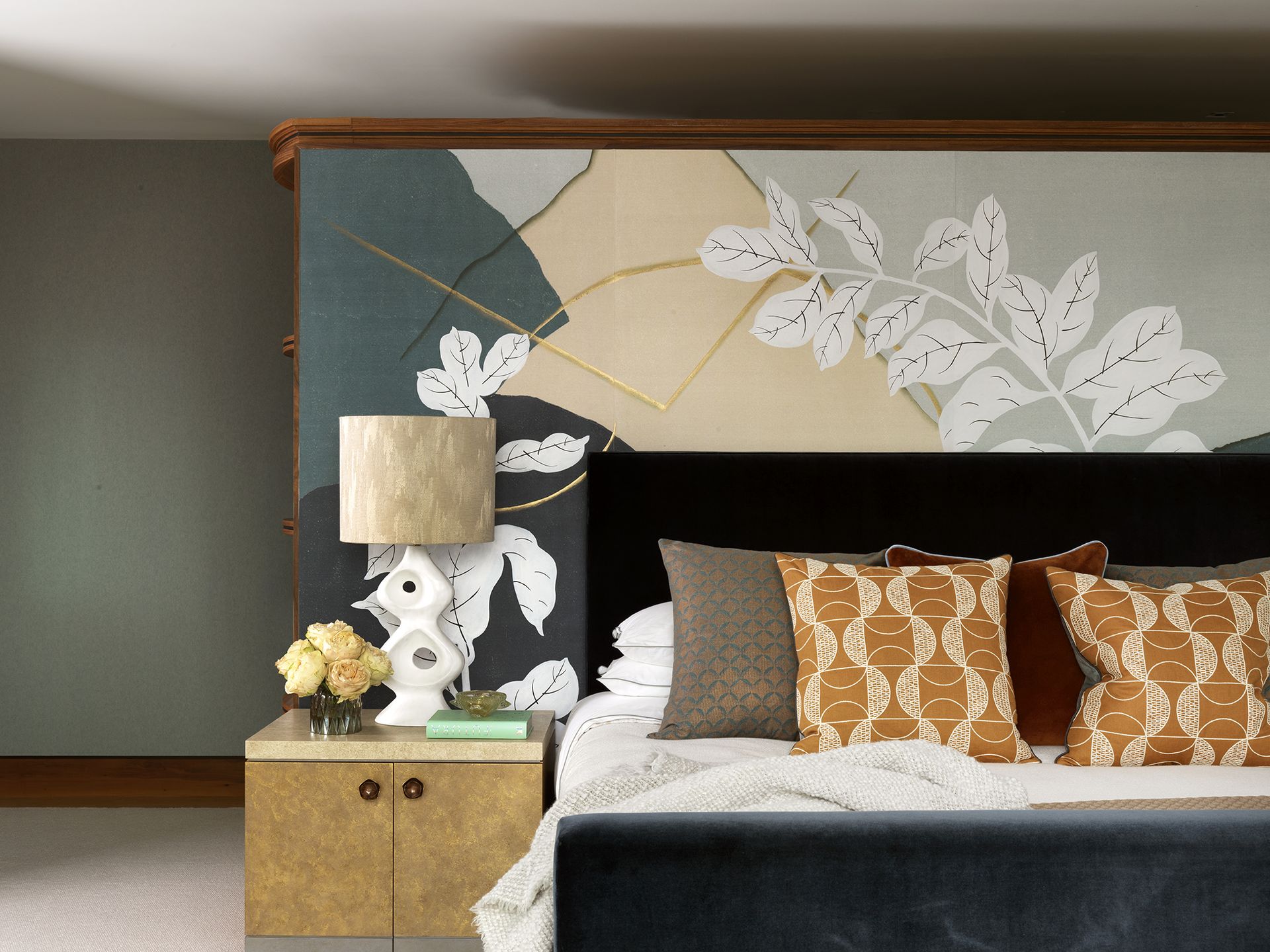
Wall mural ideas offer focus in a room and can transform a plain space dramatically. For example, a striking bedroom wallpaper behind a bed creates a focal point, while scatter cushions in a small-scale pattern in one of the featured colors bring the look together.The accent color of the master bedroom is aqua blue, a strong color that blends with the ethos that the master bedroom should be the most soothing room in the house,’ says Natalia Mylar. ‘A botanical Fromental wallcovering provides a statement wall behind the master bed, complementing the luxurious blue velvet upholstery. Crisp, tailored pieces and white accents bring a freshness to the room.’
For anyone with a generous budget you can commission wallpaper and murals to suit your scheme perfectly; otherwise, there are many online brands that can size their designs to suit your room's proportions.
3. Paint On A Pattern
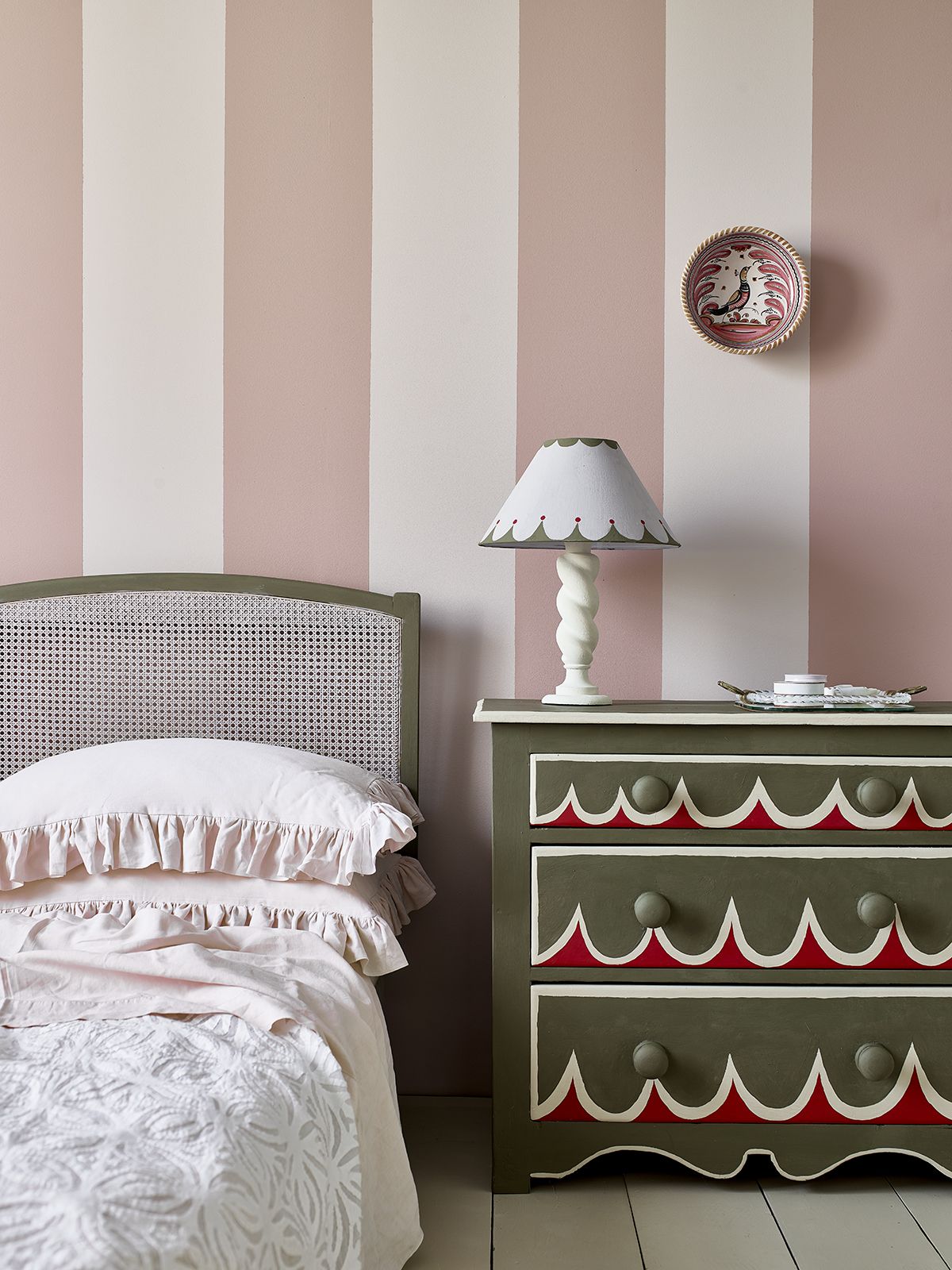
Consider bedroom paint ideas such as upcycling a piece of furniture with a decorative paint technique. This is not only good for the environment but gives you the opportunity to flex your creative muscles.
‘Painting is absolutely the best form of DIY – a coat of color not only transforms the look of your home, but it’s also wonderfully soothing to pick up a paintbrush,’ says Annie Sloan.
‘Whether it’s adding a stripe or two to your lampshades and vases, or updating an old chest of drawers, the simplest splashes of color and pattern can breathe fresh life into your home.’
4. Go Big In Small Spaces
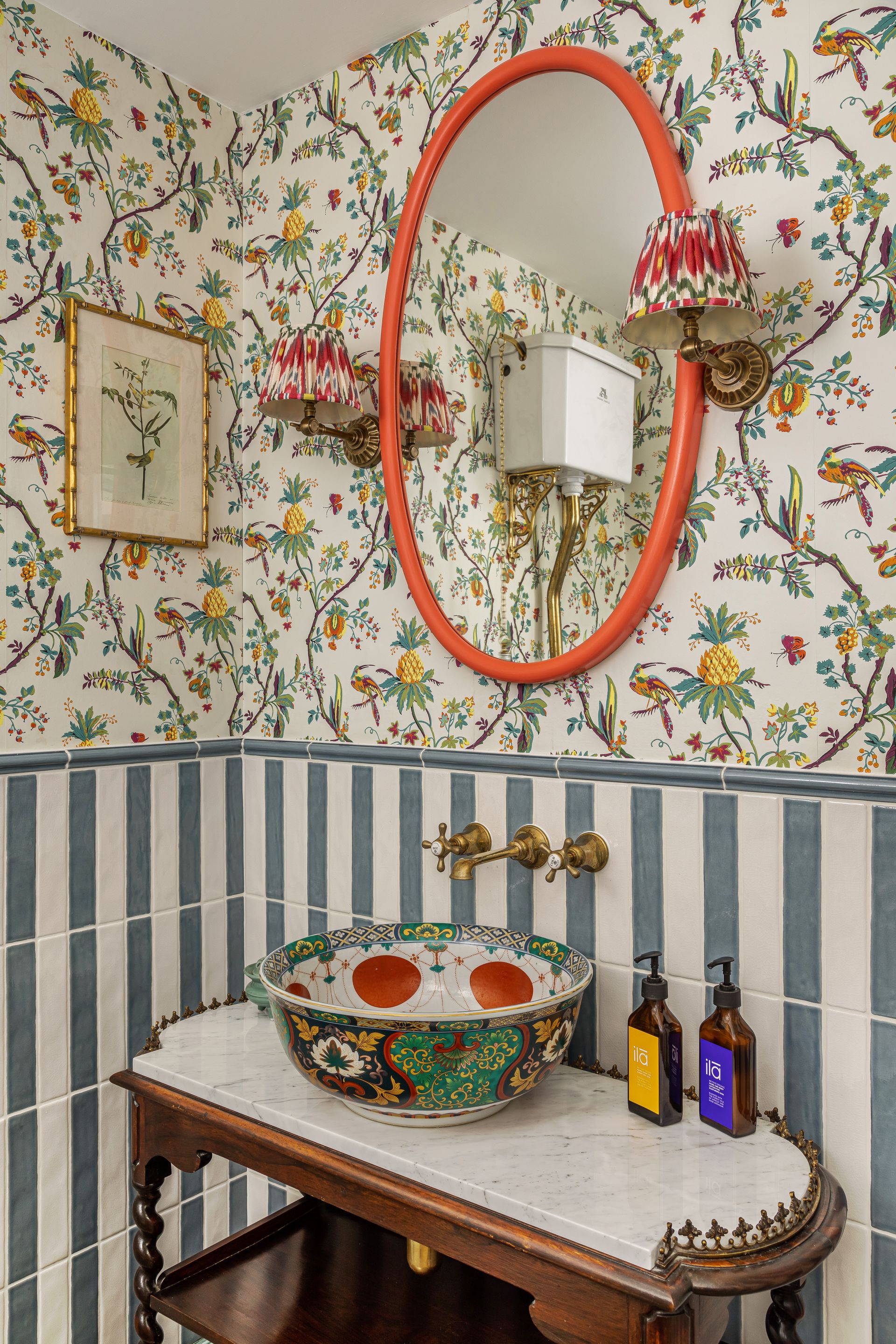
The downstairs bathroom may be the smallest room of the house but this doesn’t mean it can’t take a punch of pattern. In fact, the powder room is the perfect space in which to go all out and clash your prints.
‘Pattern and color are integral to our design,’ says Lucy Barlow, creative director of Barlow & Barlow. ‘Mixing different patterns together always brings a room alive and creates a happy home! We love combining busy florals with simple stripes as they balance each other out whilst creating interest. Try playing around with contrasting materials, too, such as a vibrant wallpaper next to fun tiles. Smaller spaces such as a bathroom are the best places to start when it comes to pattern.’
5. Wallpaper The Whole Room
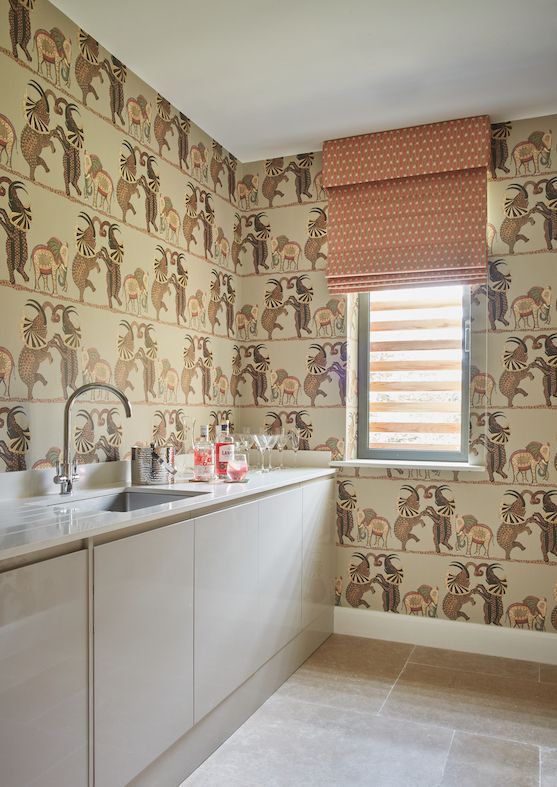
Have courage in your decorating choices and cover all your walls in the same wallpaper rather than restricting it to just one. Go even further and match your window dressing in a slightly smaller print. It’s a case of go big or go home.
‘An easy way to introduce color to any room is to go bold with your walls,’ says Emma Deterding, creative director and founder, Kelling Designs. ‘Whether you opt for a beautiful, bright paint color, or choose a wallpaper in a vivid tone, you can really transform a room quickly and easily. The key is to choose something that you love and cover all the walls as opposed to just a feature wall.’
6. Merge Horizontal And Vertical Stripes
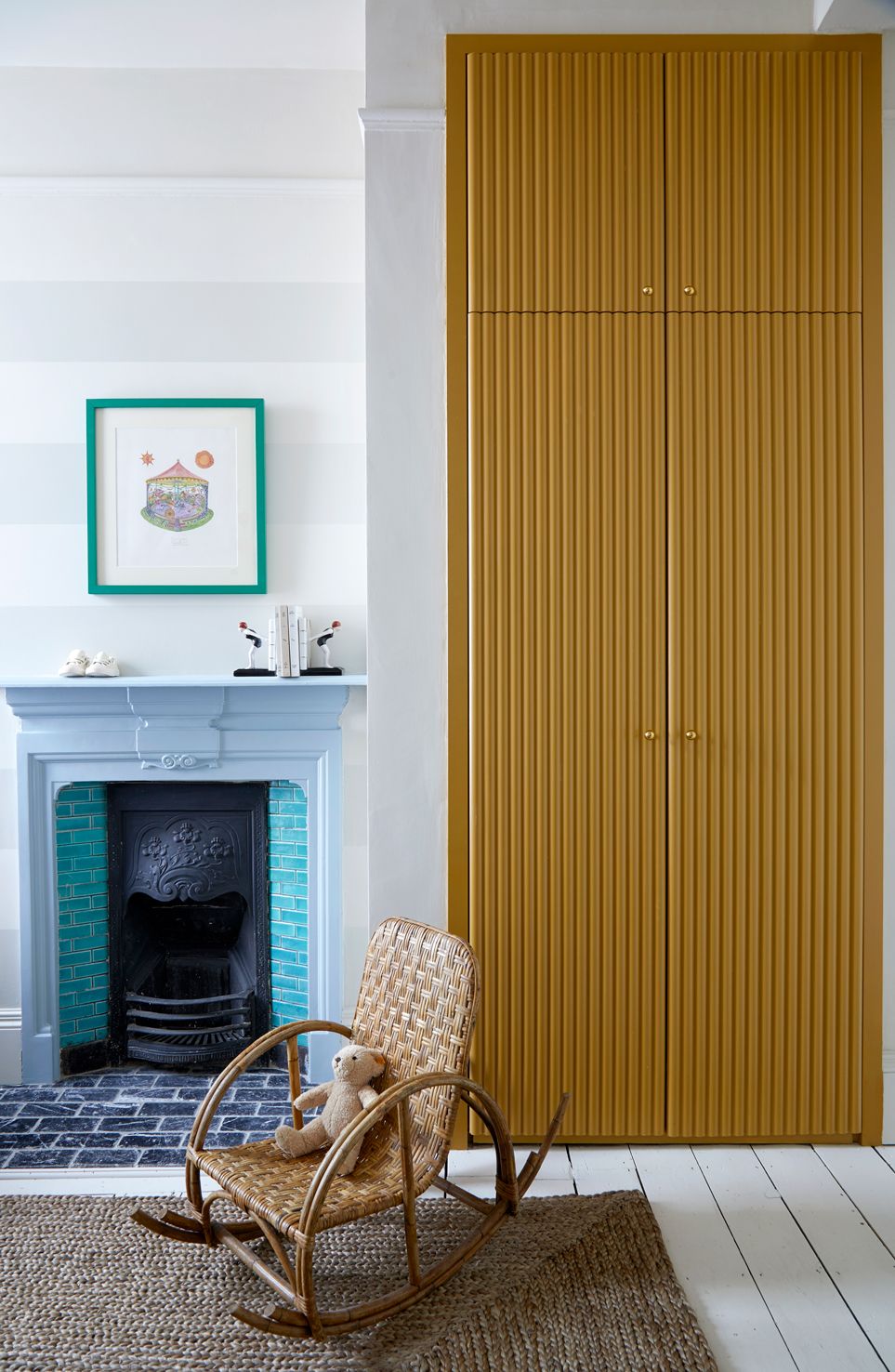
Create a visual effect with stripes of different scales on a horizontal and vertical. The stripes across the fireplace make this room seem wider, while those down the wardrobe give the impression of height. This precise use of pattern is functional yet decorative.
‘With the design of this nursery, we wanted to create a space that felt cheerful and engaging but could stand the test of time,’ says Andrew Griffiths of A New Day. ‘The yellow closet brings a bold hint of color against walls painted in a gentle stone. While its strong vertical lines juxtaposed with the thick gloss-painted horizontal stripes of the chimney add a playful touch.’
7. Create An Installation

Sometimes decorative details in unusual alcoves can create a wow factor – like this Milanese-inspired take on bathroom tile ideas. The modern 1970s aesthetic is a cool contrast within this period home.
‘Pattern can be a great way to introduce a real feature into a room but getting the balance right is important,’ says Pandora Taylor. ‘I fell in love with these unusual mosaic tiles, but I felt using them throughout the bathroom would be a bit overwhelming; instead I used them just in the shower. By using the pattern sparingly, it becomes an interesting surprise and a welcome break to the plain painted walls.’
8. Use Print Within Shelves
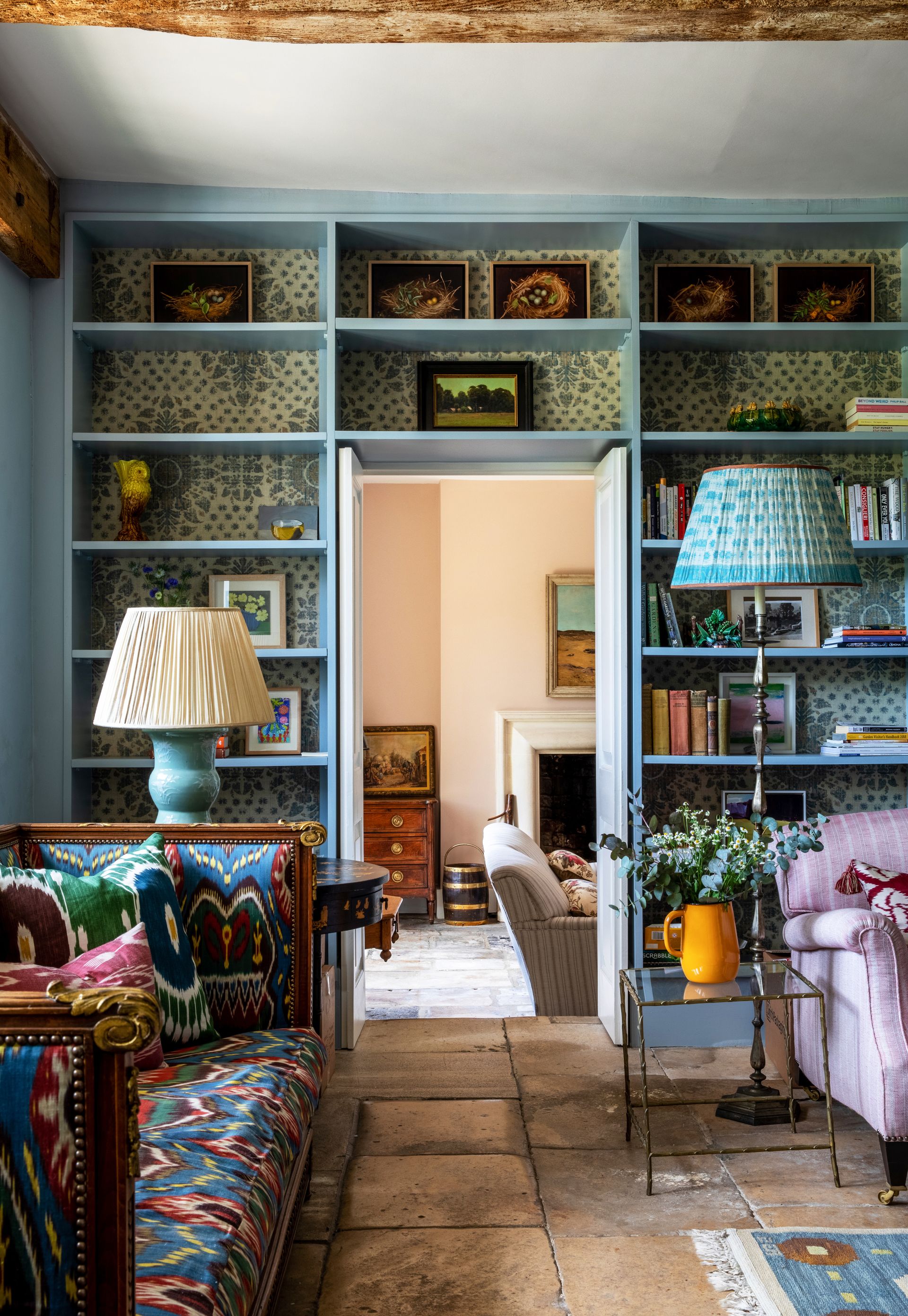
Layer fabrics and wallpapers of different scales to create a lived-in homely aesthetic. Use a roll of wallpaper or offcuts as part of bookshelf ideas. Display with well-loved books and treasured belongings.
‘I love to use lots of different patterns within one room to build up a characterful space, but I always try to consider the balance, combining bolder patterns with more delicate prints so as not to overwhelm the space,’ says Lucy Cunningham. ‘Applying wallpaper to the back of shelves is a great way to add print and color for those that don’t feel confident enough to use it across a whole room.”
9. Be Consistent With Styles
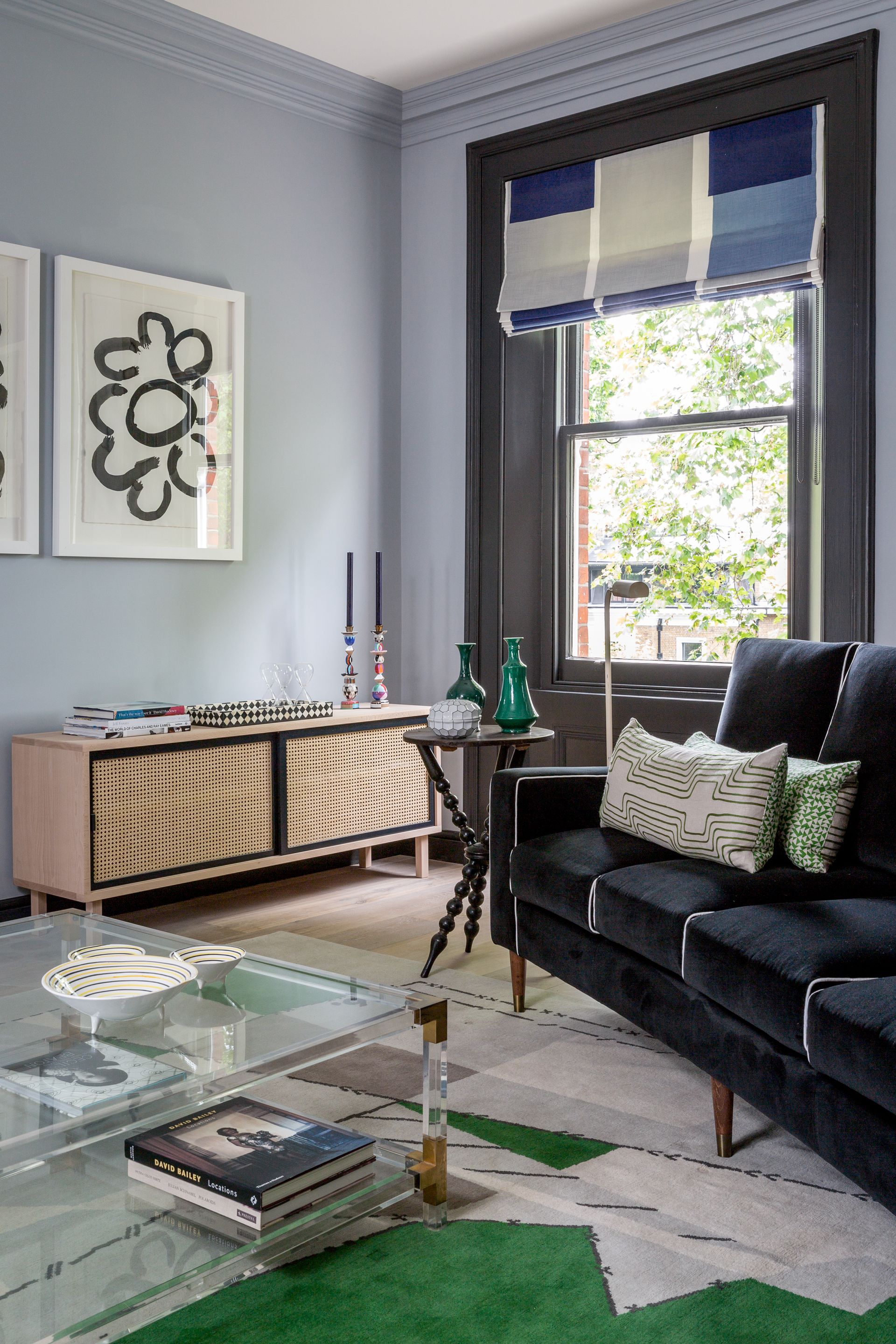
Keep your room cohesive by selecting designs that have a similar narrative when mixing patterns. If you are going for strong graphic patterns, such as geometrics and checks, then make sure your florals have the same clean simplified spirit.
‘Making a home feel comfortable is always a priority when designing a space, as is creating something that feels unique,’ says Kitesgrove’s senior interior designer, Katie Lion. ‘Incorporating a mix of pattern, print and texture creates a space that feels layered and nuanced, allowing key pieces and features of the room to come to the foreground. This can be particularly effective when curating different areas within one large open-plan living space.
10. Make Dining Intimate
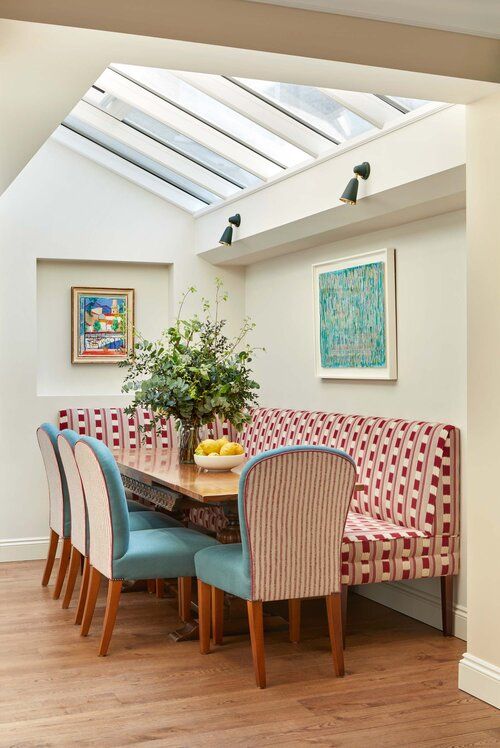
An upholstered banquette across two walls not only provides ample seating as part of dining room ideas but it also creates a sense of intimacy around the table. The strong red checkered design here mirrors the bold stripe of the back of the upholstered chairs.
‘When creating a dining area within an open plan space, I always find it helpful to ensure that the furniture feels anchored. Banquette seating is a great way to maximize seating, as well as zoning a space,’ says Isabella Worsley.
What Are The 7 Principles Of Interior Design?
The seven principles of interior design are aimed at helping decorators, professional or otherwise, create a perfectly balanced interior. They include:
- Balance – this is about creating a perfectly composed room, whether through using symmetry in interior design or through using the 60 30 10 rule to design a color scheme. Concentrating on using line in interior design is a useful expert technique, too.
- Unity aims at using color, shapes or motifs to create a cohesive space. This might be within furnishings, paint colors and finishes across single small spaces, large, open-plan rooms or throughout entire homes.
- Rhythm can be used with repetition to create cohesion, again using color, pattern and shaping.
- Emphasis is all about creating a single focal point in a room that inspires the rest of the scheme. This could be as simple as a table centerpiece, an architectural element or accent wall ideas.
- Contrast is important in an interior design scheme for both highlighting and mitigating the effects of the colors and furnishings you choose. So, a curvaceous sofa in a kitchen diner that's otherwise full of hard, angular lines creates a pleasing contrast that's simple to create. Another example might be an angular central pendant in a living room that's otherwise packed with soft furnishings and curves.
- Scale – using scale in interior design is another way to create contrast and emphasis. For instance, you could choose an over-sized lamp to create impact in a living room. Scale is also about getting proportions right: you can use both the 70/30 split and the golden ratio to get this right; they are rules interior designers use effectively.
- Detail: this is where professional interior designer's strength lies, in having that eye for ensuring the tiniest details, such as commissioned decorative plasterwork, are perfectly and eye-catchingly specified to adding those finishing touches that make a space.





No comments:
Post a Comment